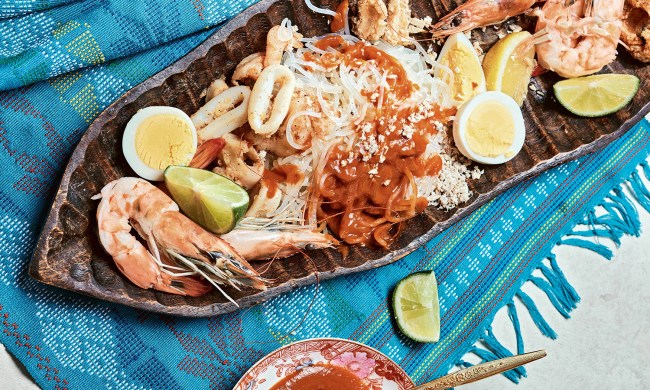From September 15 through October 15, the United States honors National Hispanic Heritage Month, a celebration of the critical contributions that the country’s Hispanic population provides, which also coincides with the independence anniversaries of Costa Rica, El Salvador, Guatemala, Honduras, and Nicaragua. Extraordinary Hispanic individuals have shaped every American industry and play a defining role in American culture, and their influence is unquestionably clear in the kitchens of lauded restaurants throughout the nation.
A comprehensive list of every notable Hispanic chef currently working in U.S. restaurants would cover dozens of pages, but while we acknowledge that we’re hardly scraping the surface here, we’re excited to present this round-up of 10 Hispanic chefs — both long-time veterans and rising stars — whose prodigious talent and impeccable recipes make them total food-world icons.
Aarón Sánchez

If you’ve spent any time watching the Food Network in the last ten years, then you’ve likely seen Aarón Sánchez laying down the law for hapless cheftestants on Chopped. Aside from his TV fame (he also serves as a judge alongside Gordon Ramsay on FOX’s Masterchef), Sánchez has a long track record as a restaurant chef and cookbook author. His culinary story began in the kitchen of his mother’s NYC restaurant, and he proceeded to train with acclaimed chefs like Paul Prudhomme, Jonathan Waxman, and Douglas Rodriguez. He’s since gone on to open numerous restaurants in both NYC and in other U.S. cities, all with a focus on Mexican and pan-Latin cuisine. Currently, he’s the chef-owner of Johnny Sánchez in New Orleans, and he regularly provides TV and print interviews to discuss both his philanthropic pursuits and his commitment to blending classic Mexican techniques and flavors with regional American influences.
Douglas Rodriguez
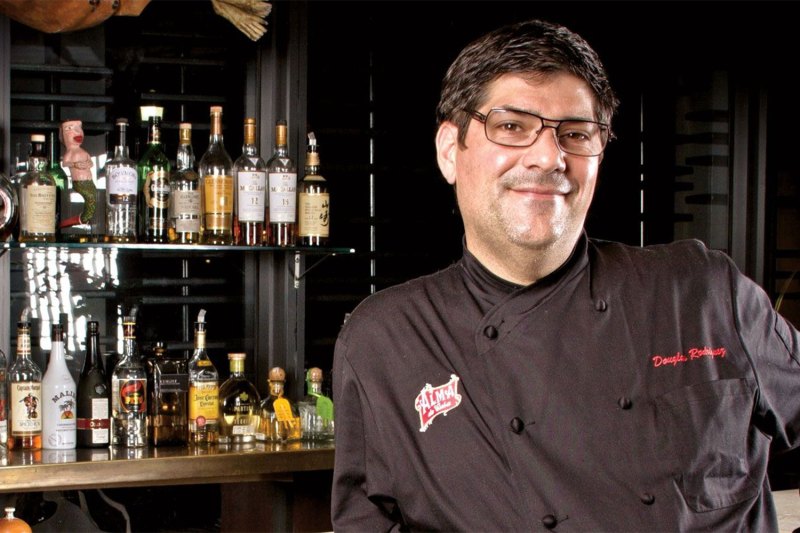
Next up on our list is a mentor of Aarón Sánchez’s who prominently pushed Cuban cuisine into the American fine-dining conversation: Douglas Rodriguez. Known as the “godfather of Nuevo Latino cuisine,” Rodriguez grew up in Miami and soaked up the major influence of Cuban cooking on Miami’s culinary scene, as well an affinity for Cuban flavors passed down through his own Cuban heritage. He proceeded to lead kitchens and open restaurants in Miami, NYC, and Philadelphia (including his current concepts, Alma de Cuba in Philadelphia and Mojito Bar in Miami), and he’s still considered one of the foremost authorities on Cuban cooking in the United States.
Jose Garces
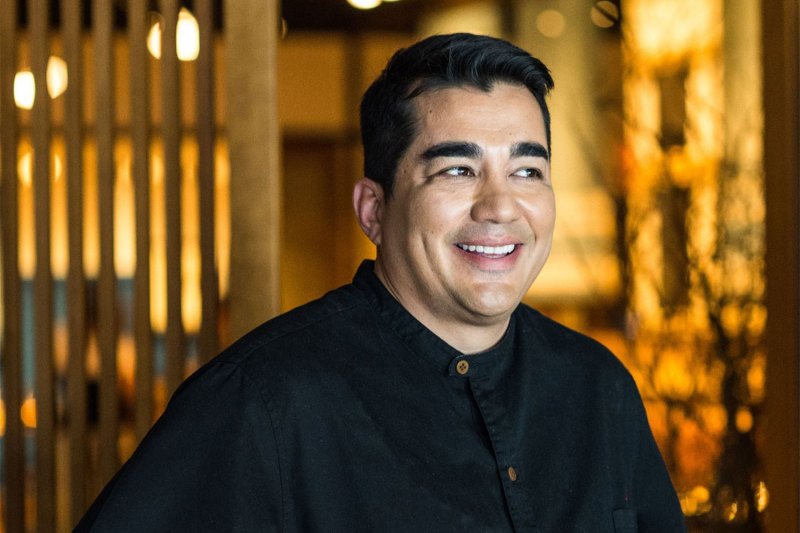
Multiple James Beard Award winner Jose Garces rose to the elite stratosphere of Big Name Chefs by focusing his remarkable skills and bold imagination on a wide range of culinary styles. Garces’ Ecuadorian heritage absolutely informs his cooking and the recipes featured on his menus, but he also likes to explore dishes from different cultures and traditions, from Spanish tapas (Amada in Philadelphia and Atlantic City) to regional Mexican fare (Distrito in Philly and Atlantic City) to Japanese izakaya (Okatshe in Atlantic City). His inventive spirit and appetite for variety makes him a truly singular presence in the American chef sphere.
Daniela Soto-Innes
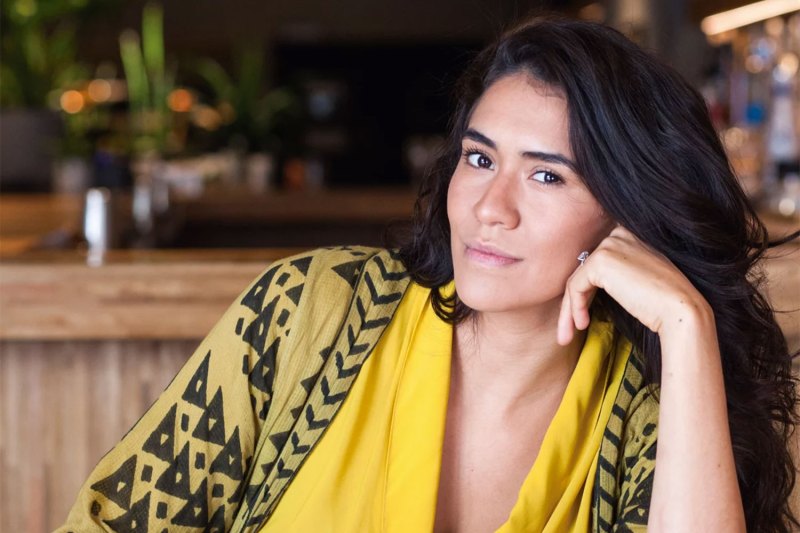
For the past several years, when NYC restaurant critics have drawn up lists of the young local chefs to watch, one name inevitably appears near the top of the rundown: Daniela Soto-Innes. This celebrated 30-year-old culinary wunderkind made an indelible mark on the NYC dining scene through her collaborations with famed Mexico City chef Enrique Olvera: Cosme and Atla. Both restaurants serve contemporary Mexican dishes (Soto-Innes is Mexican-American) with plenty of creative license, and they’ve received endless acclaim from critics and diners alike.
Paola Velez
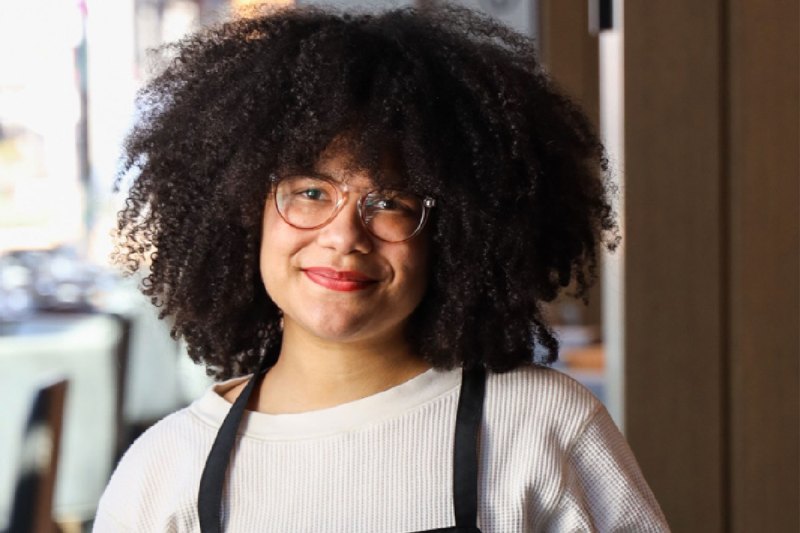
Professional kitchens, especially in high-dollar restaurants, unfortunately tend to perpetuate a culture that excludes anyone who isn’t a cisgender white man from the top levels of the industry. That persistent and pointless truth is why we need more chefs to push back against these discriminatory “norms” and forge paths that meld incredible culinary skills with a passion for activism. Paola Velez, an executive pastry chef (most recently for smash-hit D.C. eatery Kith & Kin, which permanently closed during the pandemic) raised in the Bronx and the Dominican Republic, uses her high industry profile (she received a 2020 nomination for the James Beard Best Rising Star Pastry Chef award) to support the pastry and baking community and to pursue conversations about racial injustice and workplace equality. Velez and her collaborators lead bake sale programs like Bakers Against Racism and Doña Dona, both of which operate with the goal of raising funds for activist groups and socially focused nonprofits.
Antonio Bachour
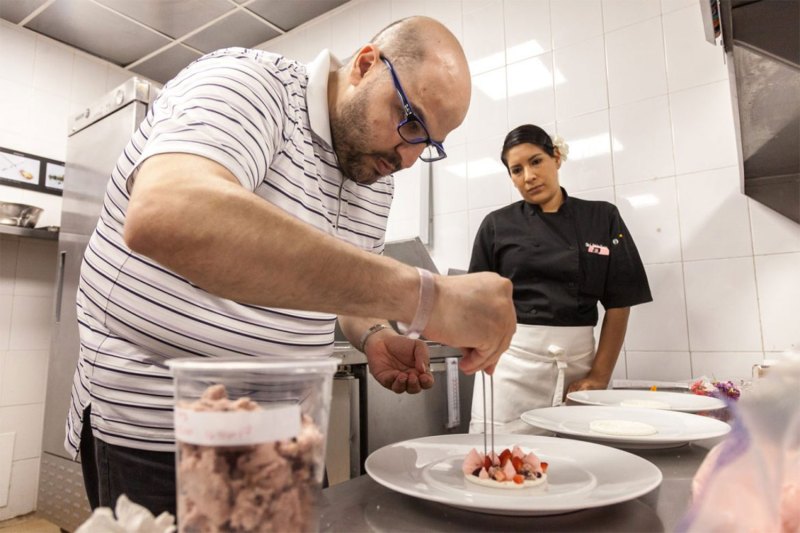
Based in Miami and hailing from Puerto Rico, pastry chef Antonio Bachour has racked up a formidable stable of awards and accolades, like a designation as the 2019 Pastry Chef of the Year in Esquire’s annual roundup. At his flagship Miami bakery, Bachour’s commitment to classic French and Italian pastry techniques perfectly aligns with his love for the Latin flavors so closely associated with Miami, resulting in confections like mango-passionfruit macarons, dulce de leche croissants, and dark chocolate brownies with cinnamon caramel.
Diana Dávila

Like several of the chefs on this list, superstar Chicagoan Diana Dávila launched her career at a young age in her family’s restaurant. After years of working at her parents’ taqueria and then leading the kitchen at their upscale restaurant (and earning that restaurant, Hacienda Jalapeños, a 2-star review from the Chicago Tribune), Dávila took time to train in Mexico and work at several celebrated Chicago restaurants, seeking to expand her knowledge base and hone her skills alongside chefs at the top of their games. She now serves up “neighborhood” Mexican fare with a chef-driven twist at her own wildly successful Chicago spot, Mi Tocaya Antojeria.
Gabriela Cámara
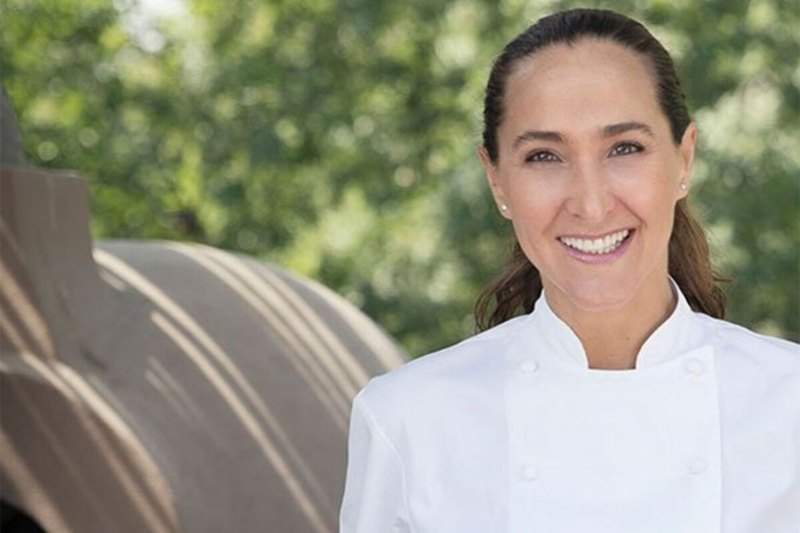
Chef Gabriela Cámara still maintains a major footprint in her home nation of Mexico; her Mexico City restaurant, Contramar, recently celebrated its 20th anniversary and consistently appears on lists of the best places to dine in Mexico’s capital. But her San Francisco restaurant, Cala, gave Cámara major food-world cred in the United States, and her upscale but still approachable take on Mexican cuisine — and her interest in highlighting both indigenous Mexican ingredients/flavors that date back to the Mayan and Aztec eras, along with the multitudes of European influences that permeate Mexican cooking — garners her comparisons to iconic Californian chefs like Alice Waters.
Eileen Andrade

In a city like Miami, coming from a big-deal Cuban restaurant family puts you in an excellent position to pursue your own culinary career, and Chef Eileen Andrade, whose family owns the Islas Canarias, truly made the most of her family pedigree and her lifelong appreciation for the kitchen arts. Andrade currently operates two restaurants in the Miami area, Finka Table and Tap and Amelia’s 1931, both of which showcase Andrade’s signature style: A clever fusion of traditional Cuban cuisine and Asian (particularly Korean) influences.
Ray Ramirez
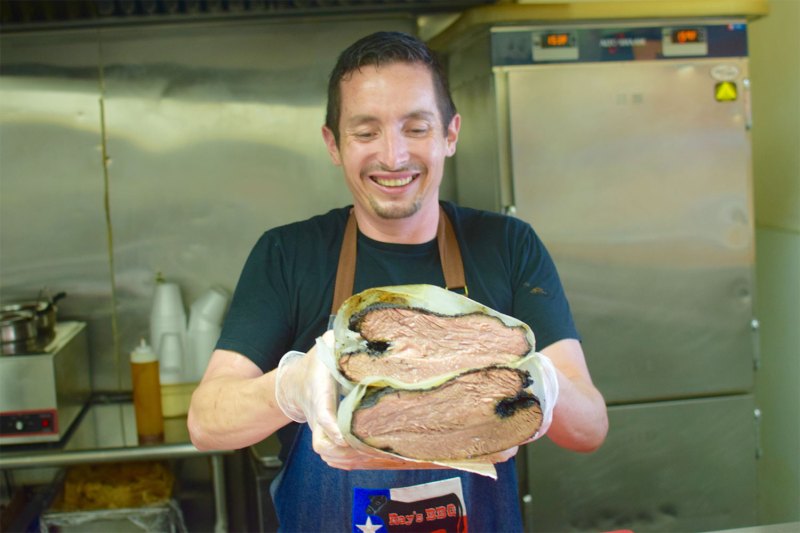
“Texas BBQ” may be considered a cornerstone of American cuisine, but many Texan barbecue mavens fully acknowledge the major influence of Mexican techniques and flavors on classic dishes like smoked brisket. At his Texas-inspired Los Angeles smokehouse, Ray’s BBQ, Chef Ray Ramirez taps into barbecue traditions popularized by Tejano grillmasters, and he provides L.A. (not typically a place celebrated for its barbecue) with true Lone Star flavor and an enthusiastic embrace of Texas BBQ’s Mexican heritage.


